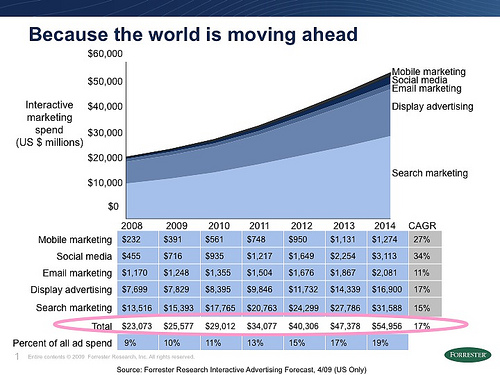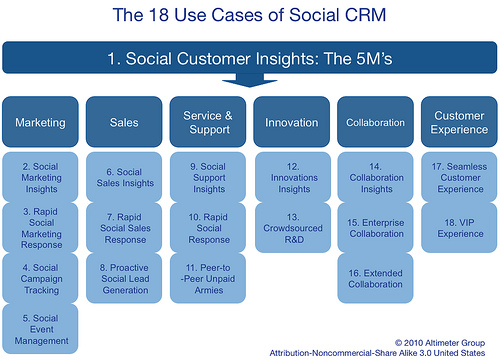When social media were first established as a marketing tool, businesses treated it with an experimental mentality, trying to figure out what works and what does not work. But as social media start to reach a mass market of consumers and more businesses are adding their Facebook pages and Twitter accounts everyday, poking around with social media is no longer sufficient in bringing a competitive advantage. Instead, it is time to consider a well-thought out social media strategy, as Brian Solis argues well in his blog that a company’s social media elements need to be part of a master plan. Here, I go one step further and argue that, simply having a social media strategy is not enough; it is also necessary to incorporate ROI into the strategy, in what I call a ROI-oriented social media strategy. This is different from running a social media campaign and then figuring out how to measure its return as an afterthought. Instead, ROI is an explicit element of the strategy right from the start.
Why ROI-oriented social media strategy?
Because it is a sound business decision. Just like savvy investors who would not jump into the market without a target in mind, a company’s social media strategy should not be without the guidance of clearly-defined returns. After all, if social media spending are to increase as fast as 34% a year, as Forrester Research predicts to be the case between 2009 and 2014, it is important to know that that money is not just thrown away to chase after some fad.

Photo by Flickr user Mike Manuel | CC 2.0
Another advantage of having a ROI-oriented social media strategy is company internal support. Continue reading “A ROI-Oriented Social Media Strategy”

